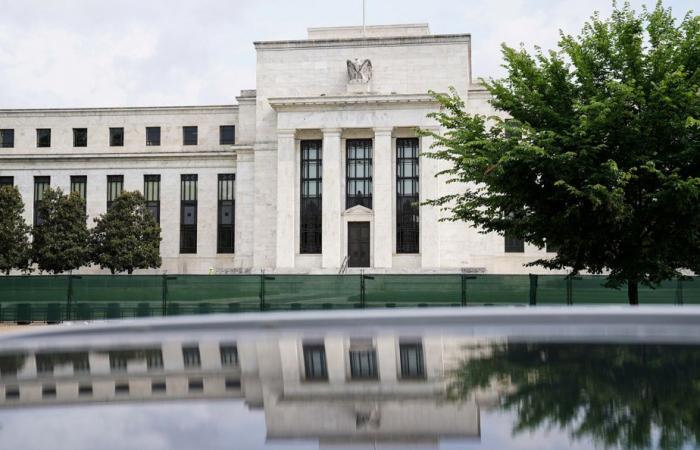Every Saturday, one of our journalists answers, along with experts, one of your questions on the economy, finances, markets, etc.
Posted at 1:13 a.m.
Updated at 11:00 a.m.
The Fed lowered its rate last month by half a point to set it in a range of 4.75% to 5% while the Bank of Canada’s key rate is at a fixed value of 4.25%. . How can we explain this different way of expressing the key rate on both sides of the border?
Martial Turcotte
Each country has its own way of communicating its monetary policy and that of the Bank of Canada differs from that of the American Federal Reserve, commonly called the Fed.
“When we dig deeper, we realize that the Bank of Canada and the Fed use exactly the same method, that is to say a range,” underlines in an interview Miguel Ouellette, director and economist in consulting services at the Mallette accounting firm.
“The range is in fact made up of one side of a rate, the lowest, which remunerates deposits [le taux d’intérêt versé par la banque centrale aux institutions financières souhaitant déposer des fonds auprès d’elle]while at the other end of the range is the official bank rate, the highest, set for commercial banks wanting to borrow money. »
The publicized key rate actually fluctuates within this range. It is also called the target overnight rate and currently it is equal to the bottom of the range. The public does not have access to the overnight financing market to borrow or lend funds.
The overnight rate target is the main tool the Bank of Canada uses to try to control inflation or stimulate the economy.
The Bank of Canada explains on its website that every business day, the country’s financial institutions transfer payments to each other to meet the needs of their customers. “When you use your debit card or make a wire transfer, money moves between financial institutions. At the end of the day, they have to make all these payments. Some may have sent more payments than they received, and vice versa. »
It is specified that to balance their mutual balances, financial institutions can borrow funds from each other for a day on the overnight financing market. “The Bank of Canada sets a target for the interest rate it wants financial institutions to charge when they make overnight loans to each other. »
The Bank of Canada does not set the key rate, says Miguel Ouellette. “It sets the range and the policy rate is within the range. The key rate is today equal to the lower limit of the range, therefore to the deposit remuneration rate. This is why we speak in terms of key rate rather than in terms of range. But both in the case of the Fed and the Bank of Canada, it is exactly the same method of operation. »
Miguel Ouellette says he is convinced that he is not the only economist who raises eyebrows when he hears that the Bank of Canada “chooses” the key rate. “Because in fact, it’s really a range like at the Fed even if, for the sake of popularization, the Bank of Canada speaks in terms of key rate so as not to confuse people with a range. »
Do you have questions about personal finance, the world of work, the stock market, finance, technology, management or another related subject? Our journalists will respond to one of them each week.
Ask your question to our journalists






